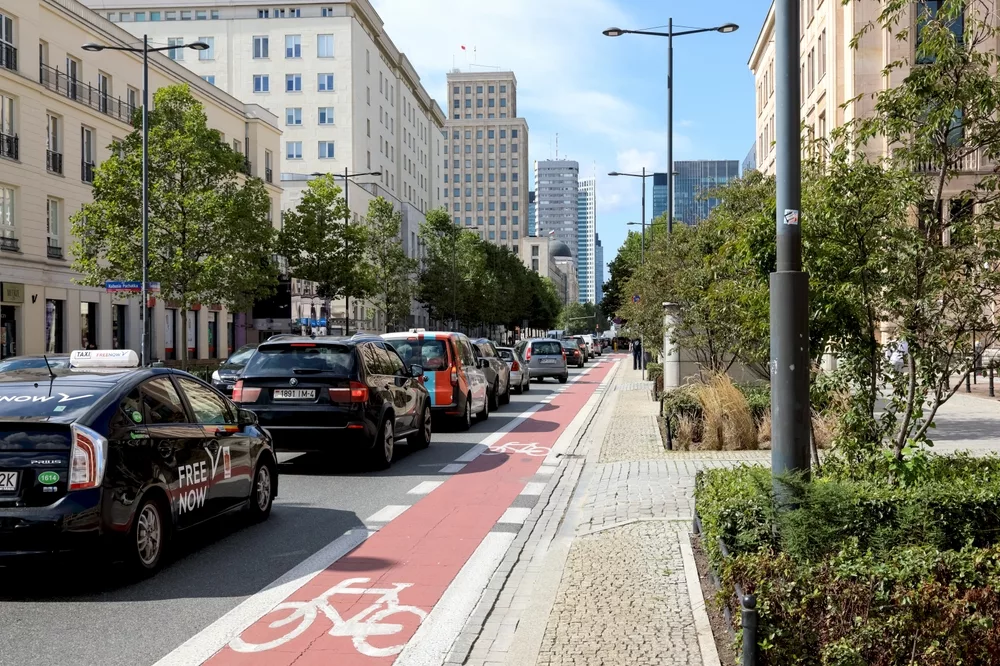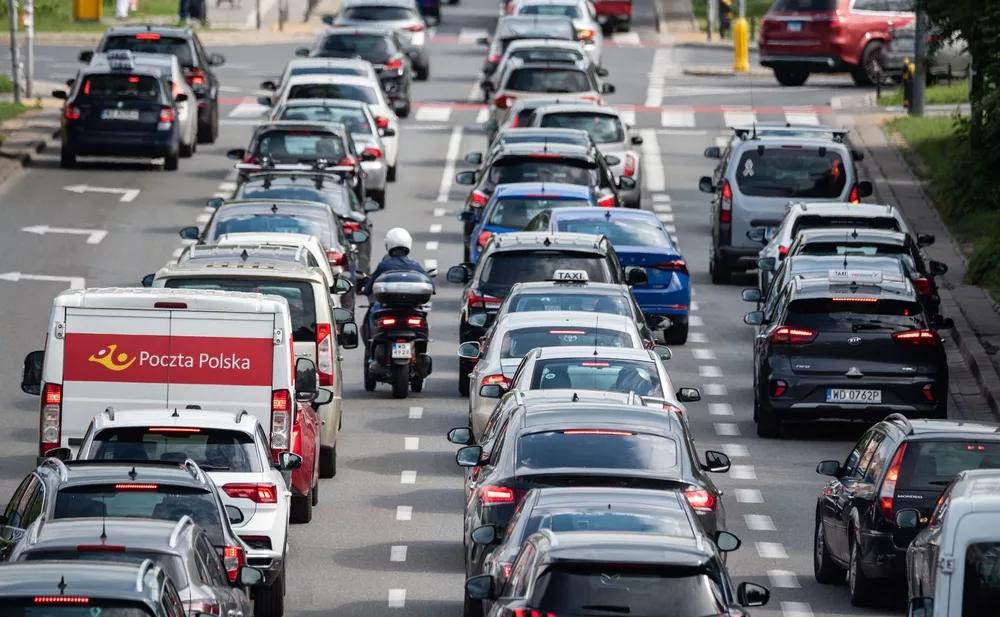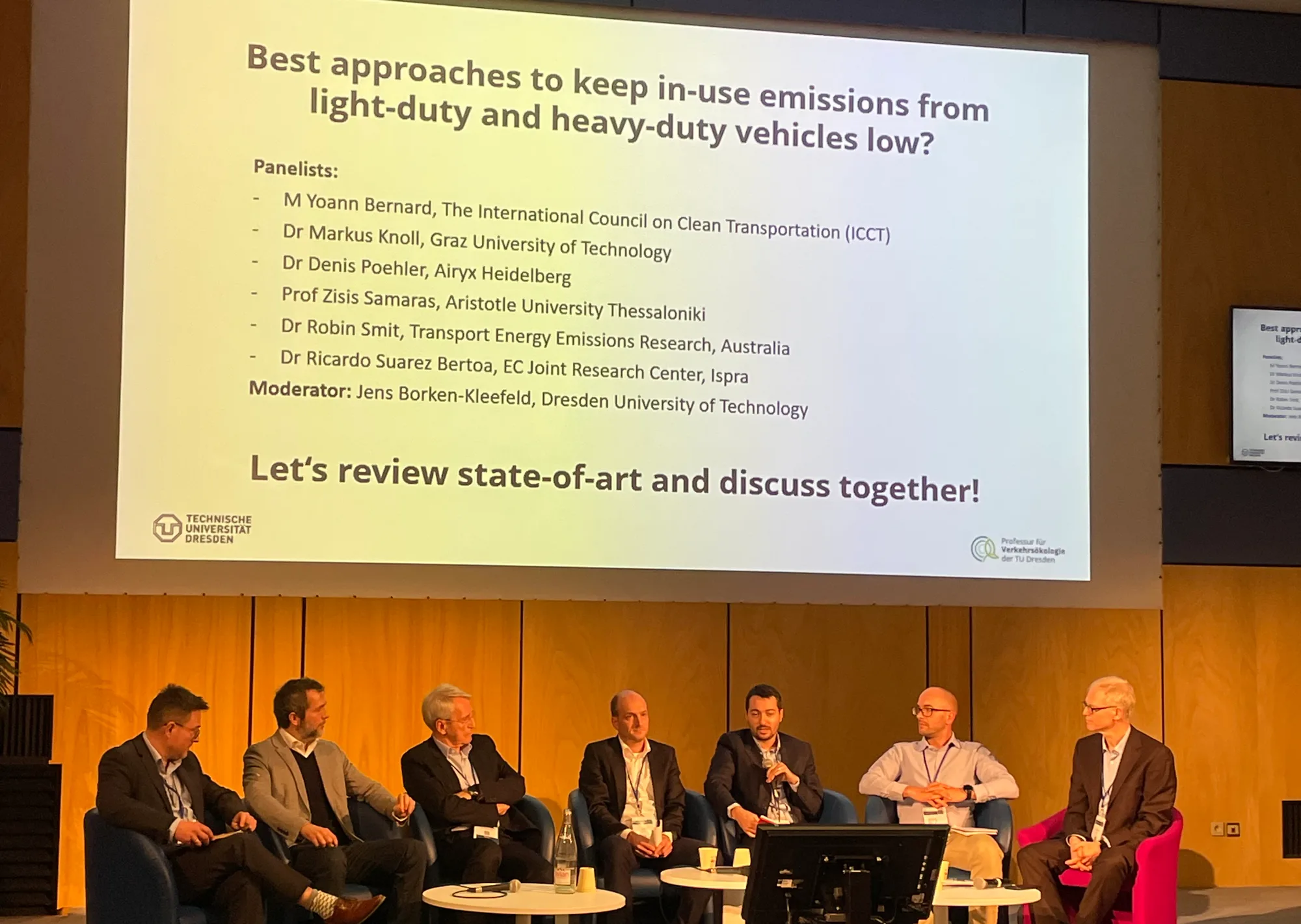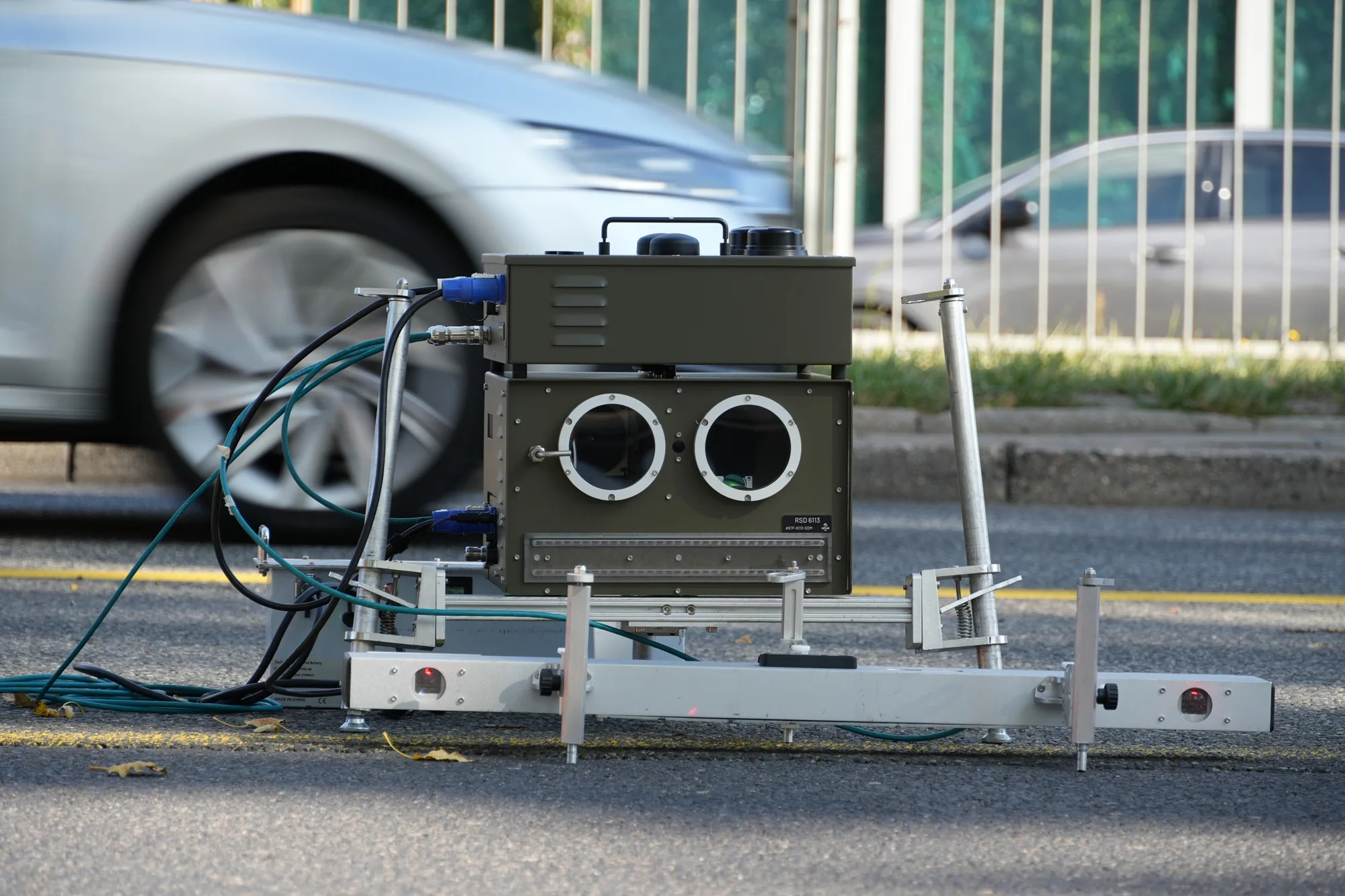Potential impacts of a low-emission zone on air pollutant emissions in Gliwice
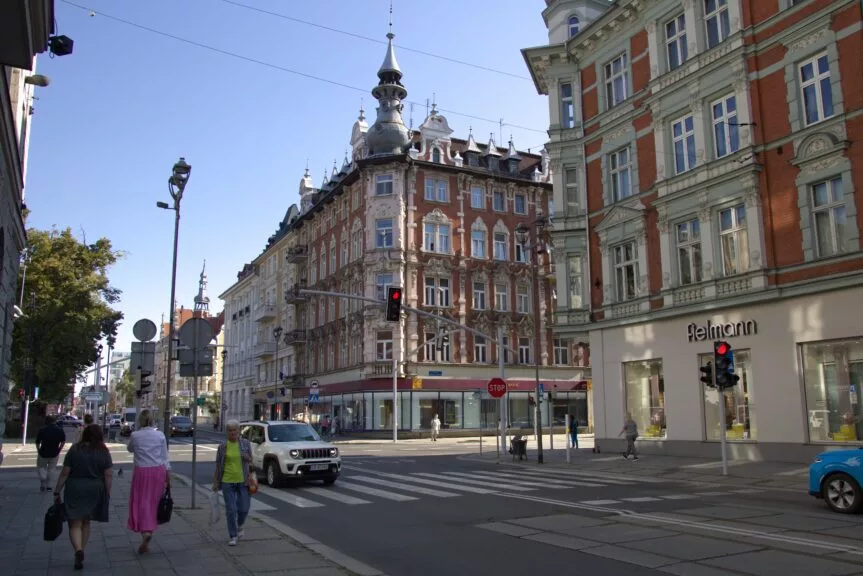
The Silesia region in Poland, where Gliwice is one of the main urban centers with around 170,000 inhabitants, faces considerable air quality challenges. In the urban areas of Upper Silesia, nitrogen oxides (NOx) and particulate matter (PM) emissions from road transportation are more elevated than in rural areas.
The TRUE Initiative, using real-world emission factors derived from a previous emissions testing campaign in Warsaw and methodology developed in a previous TRUE study, evaluate the potential vehicle emission reductions that could be achieved by implementing a low-emission zone (LEZ) in Gliwice between 2026 and 2035.
The analysis found that implementing an LEZ which restricts the oldest, highest-emitting vehicle groups first would have immediate benefits, while minimizing impacts on vehicle owners. The LEZ could achieve a 21-28% reduction in NOx emissions and 37-43% reduction in PM emissions the first year. In addition, the emission benefits of an LEZ would be substantial regardless of vehicle owners’ response to the LEZ, but the transition to zero-emission alternatives, like battery-electric vehicles or cycling, could accelerate a 75% reduction in NOx emissions by 7 years, and PM emissions by 8 years, compared to a scenario with no LEZ.
GZM Metropolis, PSNM New Mobility Association, Clean Air Fund
Partner Dataset: Vehicle data provided by the Automatic License Plate Recognition (ALPR) camera in Gliwice on June 20, 2022 and cross-referenced with the Polish Central Register of Vehicles and Drivers.

